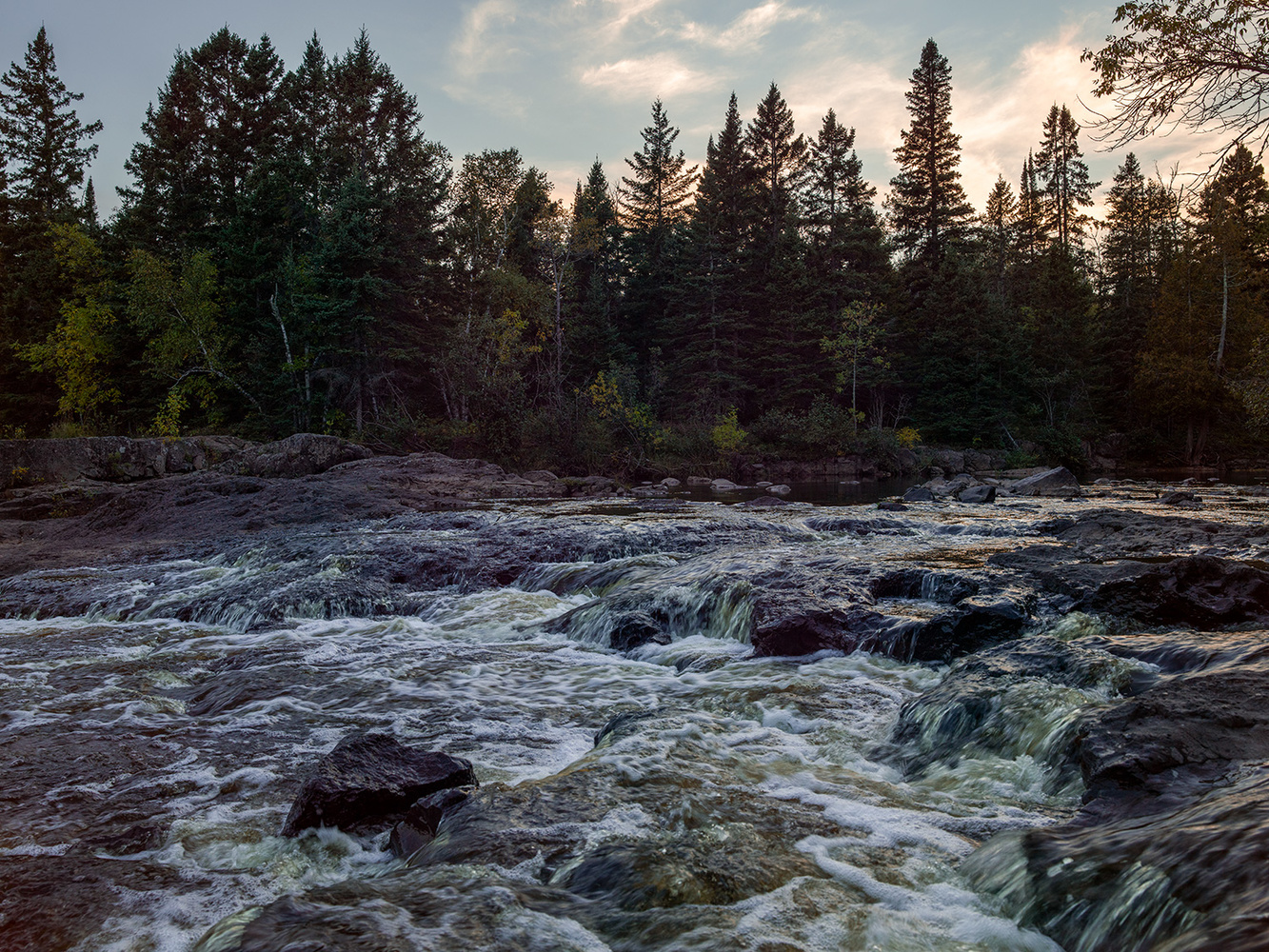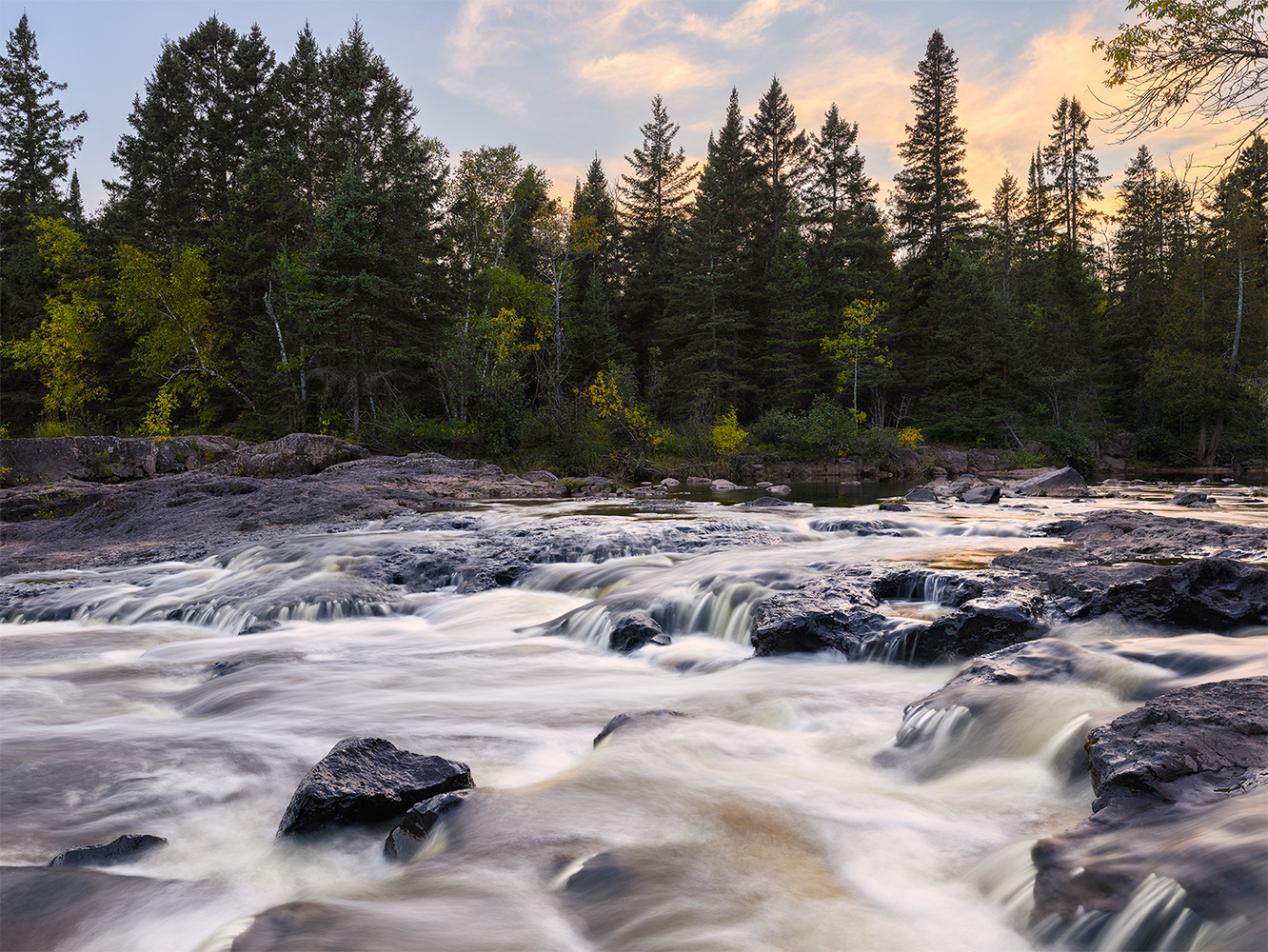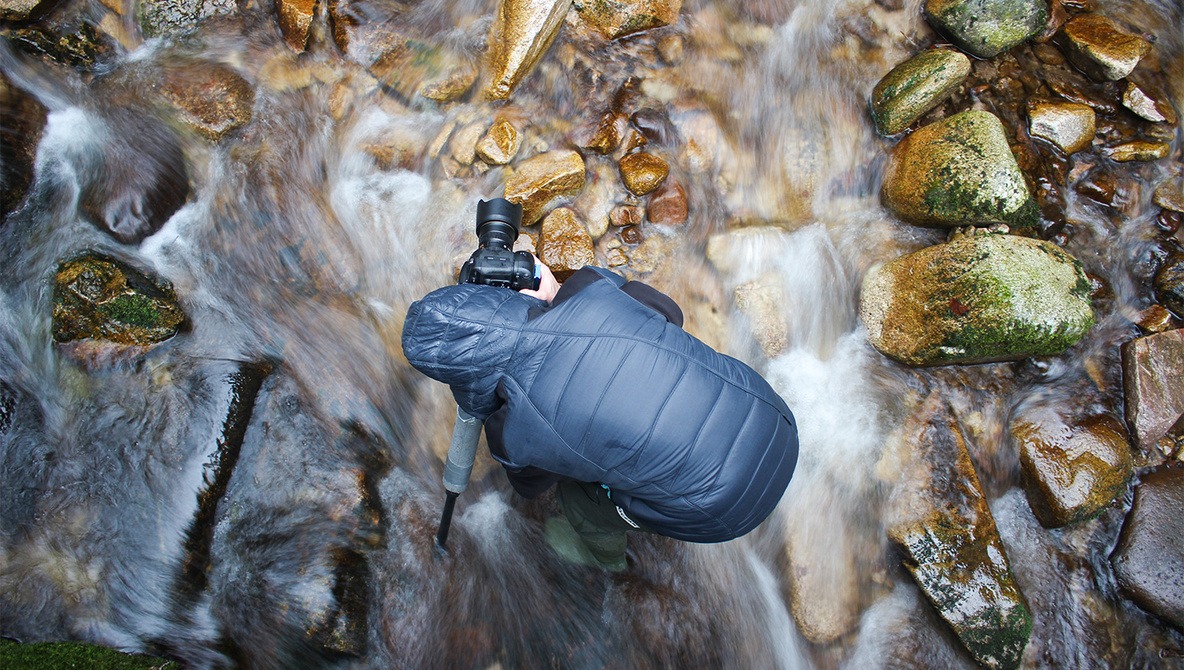Last week on Fstoppers, Nando Harmsen shared his technique for creating long exposures without a filter that involved stacking many, many photos in Adobe Photoshop. With my technique, there are a few extra caveats, however it only involves two photos and a mask in any layer-based photo editor.
First off, obviously owning and using a neutral density filter rather than relying on these software tricks will always be the best option. Secondly, Harmsen's method is going to probably give you a cleaner final result, and his way is a lot more flexible in terms of shooting conditions at the cost of needing up to hundreds of photos taken and lengthy processing time in post.
My way is going to be real simple, obvious, and relies on pre-planning your image. I relied on it back when I got started writing gear reviews before I accumulated an arsenal of step up and step down rings for my filters. What's important is that you don't let gear limitations get the best of you, and instead you do the best you can with your circumstance.

No filters were used in the making of this photo.
1. The Faster the Movement the Better
First, the scene needs to be appropriate for the method. Think streams, rivers, and waterfalls with flowing water rather than choppy lakes. The long exposure effect will always look smoother in a less amount of time the faster the movement of whatever it is you're capturing. Choppy water can take minutes to smoothen out completely, and that's when you actually have an ND filter to work with, so you'll have to manage some expectations and let it go for now.
Below I'll use flowing water as an example long exposure subject.
2. Shoot at Dawn or Dusk, Or In Shade
Now that you have a scene in your mind that could work, next is to take care of another variable you still have control over: time of day. Plan to shoot when the light levels are fairly low for the area. It doesn't have to be at the crack of dawn, but close to sunrise or sunset is going to work best. Alternatively, maybe your scene is in deep shade, such as a creek in a dense forest, and that will work just as well to manage the light levels if you set out on an overcast day.
3. Take One Photo With Optimum Settings
One thing that won't change between long exposures with a filter and without is the need for a tripod. Get your camera locked down with a composition you like and begin. You may do either step three or four first, but either way you're going to end up with a couple photos of the same exact framing.
The optimum photo is the one that is going to be used for everything that isn't the flowing water. For camera settings, use the aperture your lens is sharpest at, usually f/8, set the ISO to its base for maximum dynamic range and the least amount of noise, and lastly set the shutter speed to give you the right exposure with the already set aperture and ISO.
In short, take a normal picture. If it's windy and you want to freeze the leaves of a tree too, feel free to up the ISO a little to quicken the shutter speed. We aren't paying attention to the water or long exposure effect at all here.
4. Take One Photo Stopped All the Way Down
Whether you do step three or four first, use light fingers on the camera dials to change your settings between shots as to not shift the framing at all. Also do not adjust focus to avoid the lens' focus breathing unless you are comfortable with your editor's auto-align tool.
This photo is solely going to be used for the flowing water. What that means is you can go wild with the aperture because soft water does not care about diffraction. It also means that if your camera has an "extended" ISO range, use it because the loss of dynamic range won't matter either. So, set your aperture at the highest f-stop number possible, then set your ISO at the lowest "extended" number possible (for example, base ISO might be 100, but some cameras can then do ISO 50 as an "extended" option if enabled in the menu). Finally, slow the shutter speed down to get an overexposed photo. You want to get to the point where highlights in the water are getting blown out, and then back off slightly (remember, only care about the long exposure areas for this photo) so it doesn't actually clip.

What the water looked like at 1/60 sec. shutter speed.

The final edited image with a longer exposure for the water, and regular exposures for the rest (this particular photo also involved a third exposure for the sky).
5. Blend the Images Together
For me I use Photoshop, but any editor that can stack two photos on independent layers and do layer masking will work (Affinity Photo, ON1 Photo RAW, Pixelmator, etc.). All this step requires is that the two resulting photos from the steps above are blended together to get the best from both combined. The photo from step three will have sharp detail and high quality from everything stationary, and the photo from step four will hopefully have as much long exposure effect as possible given the circumstances. I prefer having the sharp photo layer on top of the long exposure photo layer, that way I simply brush in on the mask where I want softness.
TL;DR: Be in a low light environment. Take one photo at optimum camera settings for non-moving objects, and one photo stopped down completely for long(er) exposure. Blend these two together in post.

No filters were used in the making of this photo.
Any time you feel like you lack the right gear, or that you're being held back by not owning enough stuff, take a step back and do three things: acknowledge your limitations so that you know where the practical boundaries are, see what variables you can still control to push those boundaries to the maximum potential, and soak in any lessons that come your way while out shooting. That last bit is important, because instead of moping around thinking you can't get good pictures without Gear X, you are out there shooting anyways and gaining knowledge that's only picked up while going through to motions of practicing photography.
Lead photo by Noah Feldman via Unsplash.







Get a Sony camera and use the Smooth Reflection App.
Sure, I'll just spend thousands on a new camera and lens to take a long exposure.
Why not? People often spend thousands of dollars on a lens and gimbal setup just to take pictures of flying birds. They will also spend thousands of dollars to switch systems just to use a particular lens sometimes. Granted, an ND filter is a cheaper solution to this particular problem, but that's beside the point.
I'm not one of them.
People spend thousands to do some stupid things.
Getting Sony won’t limit you in only taking long exposure shots. At least it shouldn’t...
Perfectly happy with the gear I have. It gets the job done.
Cant do it with the new Sonys anymore. I wouldn't step down all the way. If you don't want to shoot hundreds of shots just take a few. There are advantages to stacking anyways since you will get a cleaner shot.
Alternatively, use a sledge hammer to kill an ant
If it gets the job done...
I'm pretty sure it will...
You could spend that much on a Sony that doesn't honor warrantees and falls apart in your hands or use almost any modern DSLR and use the quick, easy and old fashioned technique of multiple exposure. Depending on the speed of your subject change the amount of exposures and see how it looks while taking the photo(s).
Sony doesn't honor warranties and their cameras fall apart in your hands? That's news to me. Maybe you should write an article about it.
Right? I've owned my Sony for over a year now and have had and heard of no such issues.
As a sony shooter, I'm going to go with, its a you problem. My sony has not fallen apart in any capacity, and since that story sounds shady, I'm guessing they didnt give you a warranty coverage on whatever you did to cause it to fall apart.
Using it caused it to fall apart(or it might have even been broken when I purchased it).. The images were great and I really liked the glass I owned for it(Mostly high end Minolta and Tokina Pros). Unfortunately after owning the A200 for 1 year and 8 months, I went to use the camera to PC cable for the first time (was on vacation) and the pin in the camera was broken(fell out). I called Sony and their answer was that I had 4 months left on my warranty but could not send it for repair until I tried a new cable, that they would send, it was their policy. Four weeks later the cable came and low and behold, it did not work, This happened three more times. each time, me arguing that it was obviously not the cable. On the fifth call, the Sony rep told me that the warranty ended and I was out of luck but I could send it to a third party and pay for the repair. When I argued that I had started the process 4 months before, he said too bad. When I told him I was getting ready to buy a new dSLR and this would determine whether I bought a Sony or not, he chuckled and said I should buy the extended warranty with it. I haven't bought a Sony dSLR(or product) since. I cancelled a TV order I had pending for a Sony, at the time and gave the dSLR away. I now have a Pentax dSLR a dozen non-sony P&Ss and Various brand TV's and other electronics.
That's a smart solution, I never thought of that. I'll be interested to try it!
Interesting approach! Though I can't see how this replaces an ND filter. You wont be able to get the long smooth clouds or silky oceans with this method.
However I can definitely see how this will get someone out of a bind in a given situation. Thanks for sharing!
Thank you for that input. I'll try it out!
If you can shoot long enough to smooth out water without an ND filter then why all the fuzz?
Sounds a lot like two image HDR - or a typical three image HDR for the one with clouds in the sky.
Or maybe stop trying to make water look like something it isn't. Why does all water nowadays have to look like some white gooey stuff?
It's certainly dirty 😉 but as to quick, I'll stick to the 5 seconds it takes to screw in a filter. Probably the cheepest too: no software licenses. But seriously, I learned some new tricks, thanks.